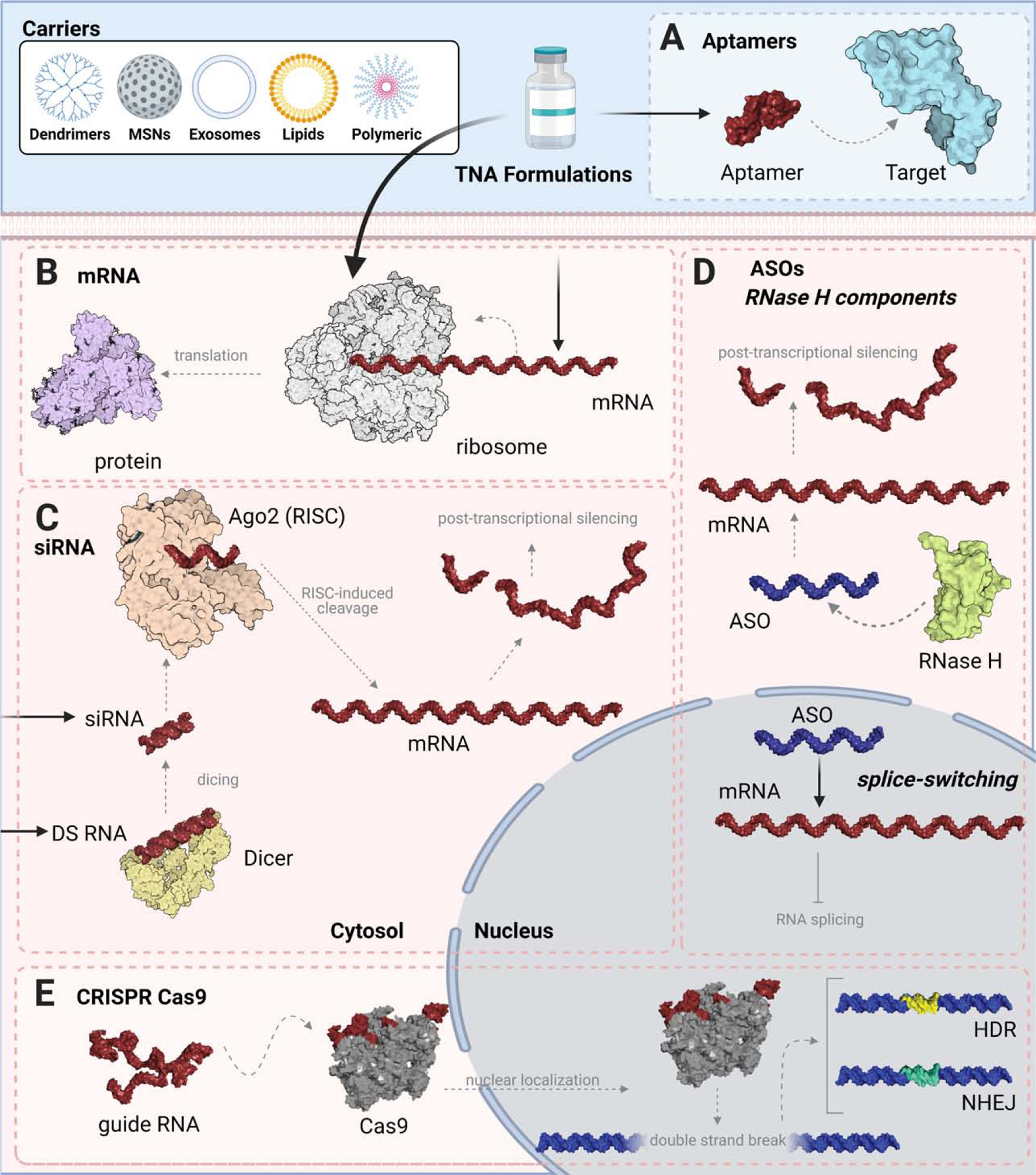Figure 1: Examples of mechanisms of TNA action.

For efficient intracellular delivery, some TNAs require a carrier with several of them exemplified in the upper panel. (A) Aptamers, composed of either DNA, RNA or their chemical analogs, function by binding a specific target molecule. As an example, Pegaptanib[14] (shown using RNAComposer[15, 16]) is schematically shown to bind to VEGF (PDB: 1VPF) for its inhibition to prevent downstream angiogenesis. (B) Delivery of mRNA into the cytoplasm is translated via the ribosome (PDB: 6Y0G) to yield a protein of interest. Spike protein from SARS-CoV-2 (PDB: 6VXX) is shown as a protein product example of mRNA vaccines. (C) For RNAi-induced gene silencing, either Dicer Substrate (DS) RNAs may be introduced for processing by Dicer, or siRNAs may be introduced exogenously. siRNAs are incorporated into the RNA-induced silencing complex (RISC) and guide strands direct sequence-specific mRNA cleavage. For illustration purposes, only the Ago2 component of RISC is shown (PDB: 6CBD). (D) ASOs bind to an endogenous mRNA sequence, where they may act as a steric hinderance for further splicing and translation, or may serve as a target for degradation by RNase H (PDB: 2QK9). (E) CRISPR Cas9 (PDB: 5F9R) utilizes a guide RNA sequence as a template to promote the double strand breakage of a gene. Repair mechanisms including homology directed repair (HDR) or non-homologous end joining (NHEJ) can be implemented for gene editing. Created with Biorender.com
